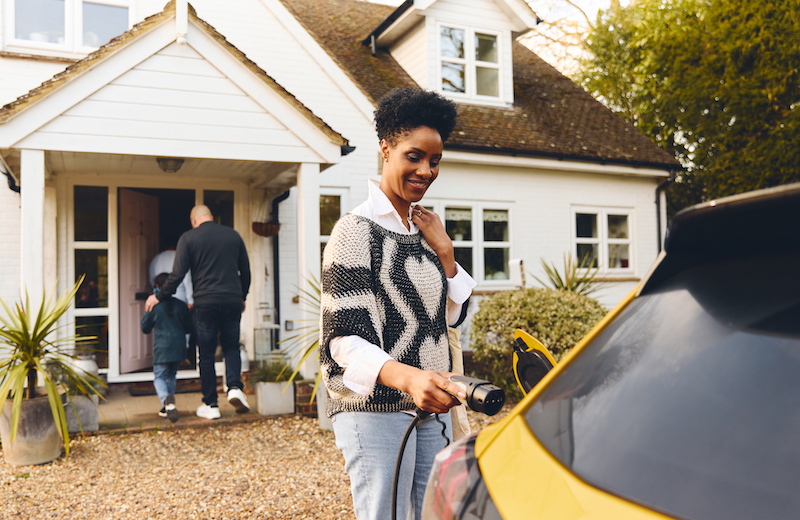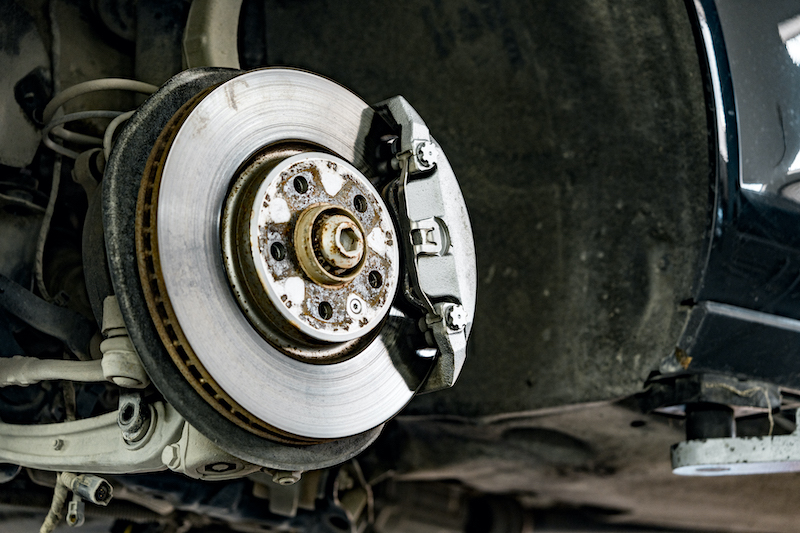Five Ways to Extend the Life of Your Clutch
Your car’s clutch is one of the most complex parts of your vehicle. Its role is not only to pass torque – the energy that causes rotation created in the engine – on to the wheels, empowering the wheels to move. But to control the various driveshafts, so you can safely change speed, or even come to a stop, without stopping your engine.
But the clutch can take a bit of a beating. Most people will find themselves needing a new clutch kit roughly every 60,000 miles. But the way that you drive can dramatically impact the lifespan of your clutch. Meaning that less experienced or less thoughtful drivers will need to replace their clutch after as little as 30,000 miles. So, what can you do to help extend the life of your clutch?
Five Tips to Help Your Clutch Last longer
1. Don’t ride the clutch
This is probably the most common cause of clutch wear and failure. Riding the clutch – keeping it partly depressed when driving – is a common habit to slip into. It can be more comfortable to drive. And it can feel like you’re better prepared to change gears when the time comes. But in reality, all you’re doing by riding the clutch is helping it to erode more quickly. Even the slightest pressure on your clutch pedal can create friction against the clutch plate. And any friction results in the wearing away of your clutch.
2. Use neutral at junctions and lights
If you keep your car in first gear when you’re waiting in queues or at junctions or lights, you won’t be alone. But by keeping the gear engaged, you are making the clutch work harder. It might just be for a minute or two. And it might feel like so much unnecessary effort. But if you put your car into neutral and pull the handbrake on, you’ll notice that your clutch will last much longer.
3. Make use of your handbrake
Your handbrake can relieve the pressure on your clutch in other scenarios too. Your driving instructor would hit the roof if they knew that you’d picked up the habit, but it’s not uncommon for people to leave their car in gear when they park. It’s far safer and far better for your clutch if you follow the method that you were taught. So, put your car in neutral and the handbrake on.
4. Only change gears when you need to
This is an easier tip to follow. And one that usually develops over time. But because you use your clutch every time you change your gear, the less frequently you change gears, the longer your clutch (and your gear box) will last. So, think ahead when driving. Anticipate what the current conditions, and other drivers, might mean for you. There’s no point changing up a gear if you’re going to have change down again half a minute later.
5. Change your gears confidently
And following on from the last point, when you do need to change gears, do so decisively. This is obviously easier when you’ve been driving a car for a while and you’re completely familiar with the feel of it. But the longer you take over your gear changes, the more you risk wearing out your clutch.
How do you know if you need a new clutch kit?
If your clutch is beginning to fail, you’ll notice some of the following problems:
- It’s harder to change gear
- Unusual noises are produced when you press the clutch pedal
- The clutch feels wrong – loose or spongy – when you press it
- Poor acceleration or brief loss of acceleration following a gear change.
If you notice any of these signs, it’s a good idea to order a replacement clutch kit, or head to your local mechanic.
If you’re looking for a low-cost clutch, or other car parts in the UK, search Online Automotive.





